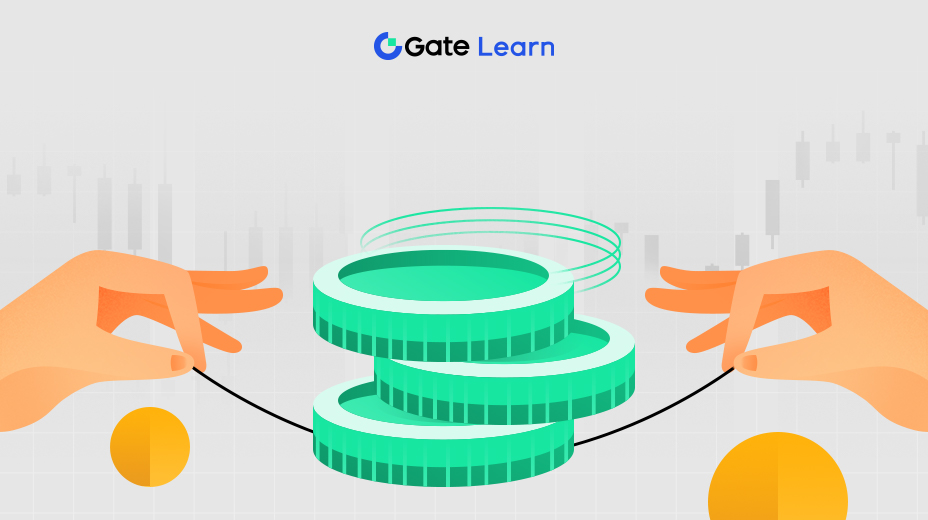Aplicações do Mundo Real e Tendências Futuras de Agregadores de Rendimento
Nesta lição final, culminamos a nossa jornada pelo mundo das finanças descentralizadas (DeTI) examinando como os agregadores de rendimento operam em cenários do mundo real. Esta exploração não só consolida a nossa compreensão mas também abre caminho para prever futuras inovações na otimização de rendimento dentro do cenário dinâmico do DeFi.
Yann Finance: Um estudo de caso em inovação

O Yann Finance é mais do que apenas uma plataforma; é um marco na evolução do DeFi. A sua história de início, enraizada na busca por uma otimização de rendimento eficiente, é uma narrativa de como o pensamento inovador pode remodelar os ecossistemas financeiros. As estratégias automatizadas da plataforma para yield farming, a sua abordagem ao agrupamento de liquidez e o modelo de governação que gira em torno do token YFI, conforme detalhado neste artigo abrangente, exemplificam o potencial do financiamento descentralizado para oferecer soluções financeiras equitativas e eficientes. O sucesso da Yann Finance reside não só na sua proeza técnica mas também no seu compromisso com o desenvolvimento orientado pela comunidade e operações transparentes.
Composto: Transformando Empréstimos e Empréstimos DeFi

Passando ao Compound, exploramos como esta plataforma revolucionou os empréstimos DeFi. O Compound introduziu um modelo algorítmico e autónomo de taxas de juro, conforme explicado nesta análise perspicaz. Este modelo, alinhando os interesses dos credores e mutuários através de um protocolo descentralizado, marcou um afastamento significativo das finanças tradicionais. O token de governança do Compound, COMP, ilustra ainda mais como as finanças descentralizadas podem criar sistemas financeiros inclusivos e equitativos. Ao mergulhar na estrutura contratual da Compound, obtemos insights sobre práticas de empréstimo DeFi eficientes e seguras, oferecendo lições valiosas para o desenvolvimento futuro de agregadores de rendimento.
Pendle: Uma Nova Abordagem à Otimização de Rendimento
A 
abordagem inovadora do Pendle, conforme destacado neste artigo detalhado, introduz um novo conceito no espaço DeFi - a separação do rendimento do seu ativo subjacente. Este mecanismo único permite aos utilizadores negociar rendimentos futuros através de criadores de mercado automatizados, abrindo novas possibilidades na gestão e otimização do rendimento. Ao dissecar a abordagem do Pendle, podemos apreciar como o DeFi continua a ultrapassar os limites da inovação financeira, criando instrumentos sofisticados que oferecem aos investidores mais flexibilidade e controlo sobre as suas estratégias geradoras de rendimento.
Superando Desafios no Espaço DeFi
Nós nos aprofundamos nos desafios práticos que os agregadores de rendimentos enfrentam no mundo real, como escalabilidade, altos custos de transação e vulnerabilidades de segurança. Através de estudos de caso de como as plataformas líderes se adaptaram a esses desafios, reunimos insights sobre estratégias eficazes para otimizar a eficiência do contrato, aumentar a escalabilidade e reforçar os protocolos de segurança. Aprender com estas adaptações do mundo real fornece lições inestimáveis para o desenvolvimento de agregadores de rendimento robustos e eficientes.
Imaginando o Futuro
O cenário futuro dos agregadores de rendimento é moldado por tecnologias emergentes e ambientes regulatórios em evolução. Especulamos sobre como avanços como a interoperabilidade entre cadeias e a alocação de estratégias orientada por IA podem redefinir a otimização do rendimento. Além disso, discutimos o impacto potencial das alterações regulatórias na operação e acessibilidade dos agregadores de rendimento. Esta perspetiva prospectiva dá-nos o conhecimento necessário para antecipar e adaptar-nos ao ecossistema DeFi em constante mudança.
Conclusão: O caminho à frente
À medida que a nossa exploração de agregadores de rendimento no DeFi conclui, refletimos sobre as lições aprendidas e os insights obtidos. Esta viagem, desde a compreensão da mecânica básica até à análise de aplicações do mundo real, prepara-nos para o futuro emocionante que nos espera no DeFi. O papel dos promotores e investidores está em constante evolução, e manter-se informado, adaptável e consciente da segurança é a chave para navegar neste cenário financeiro dinâmico.





